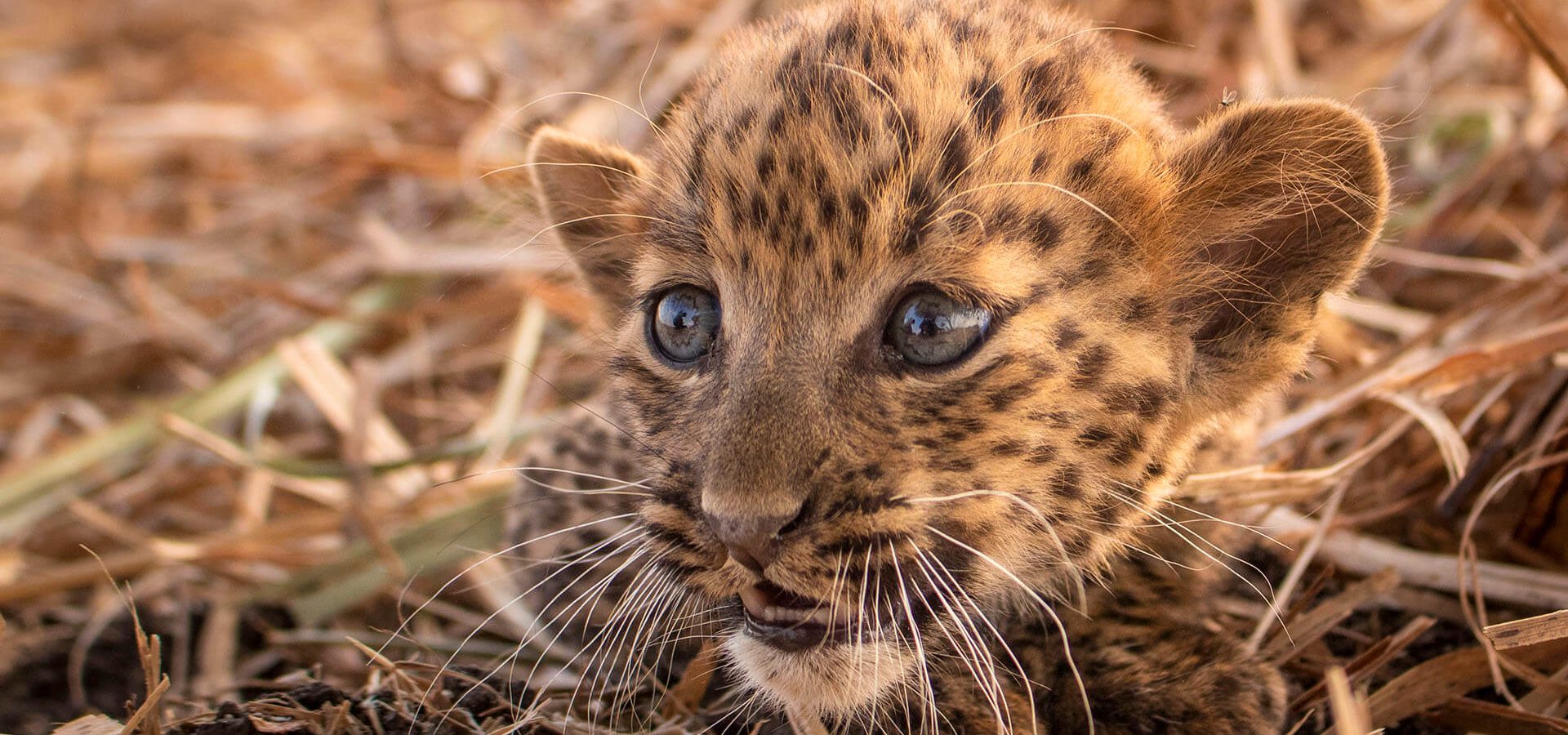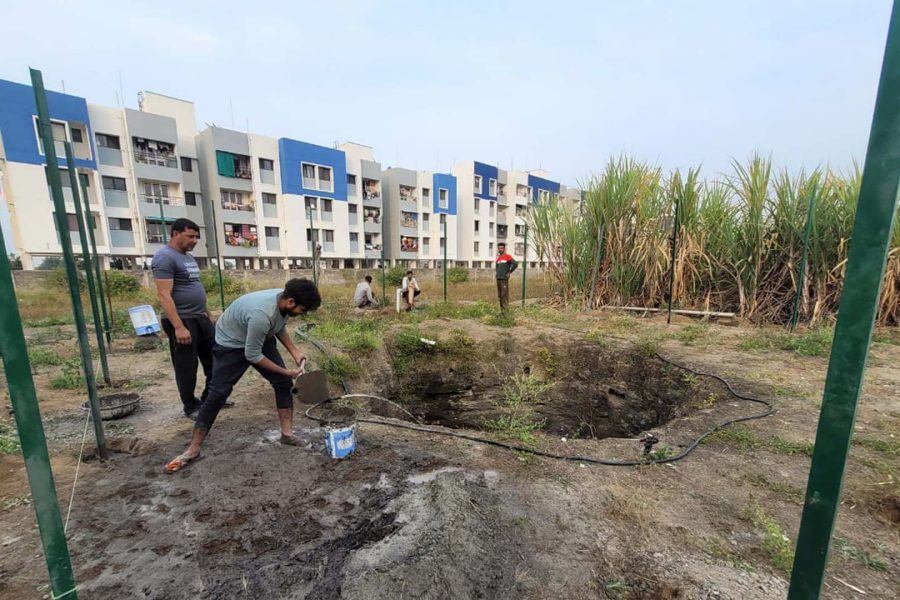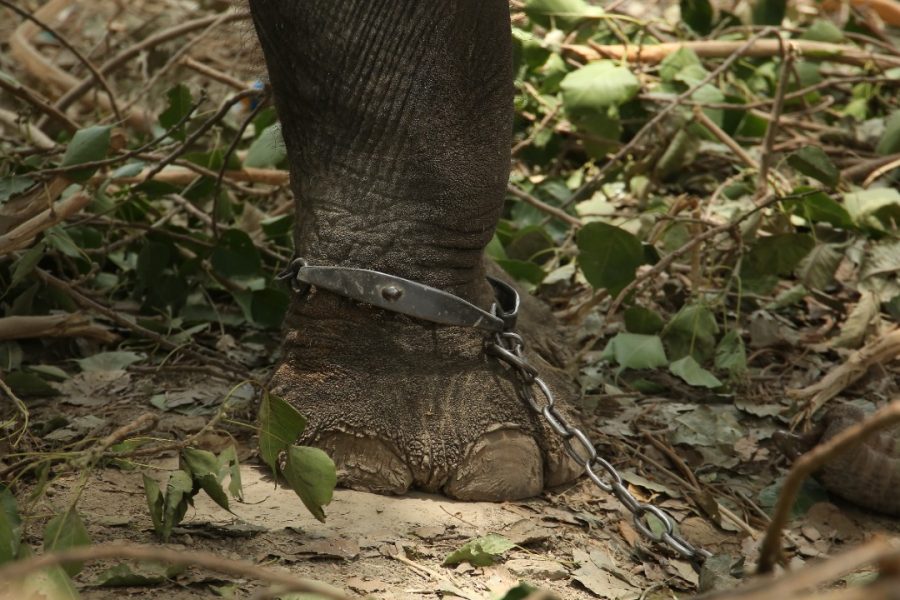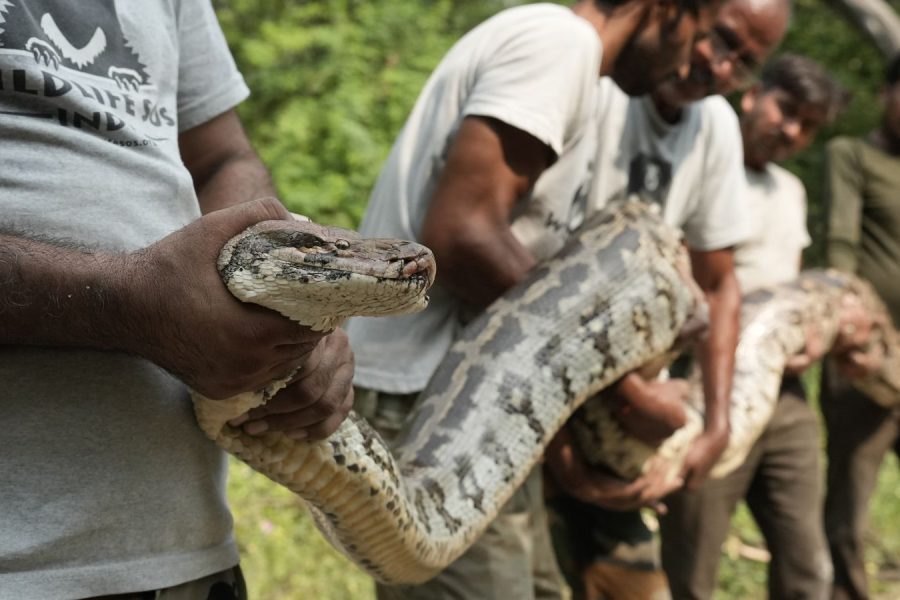Nothing melts and warms the heart like the relationship that a mother shares with her little ones. The animal kingdom has many mothers who are fierce, regal and strong—mothers willing to beat all odds to protect their young in the wild. After all, isn’t that why even a lion does not go anywhere near a lioness birthing her cubs? Or how the phrase ‘mama bear’ came about?
Through the years, Wildlife SOS has witnessed some incredible moments of motherly love of the wild while reuniting leopard cubs, found within areas accessed by local people, with their mothers. The rescue team has so far reunited over 90 leopard cubs with their mothers! But why do we go to all lengths to reunite these cubs with their mothers? And what would happen if we don’t?
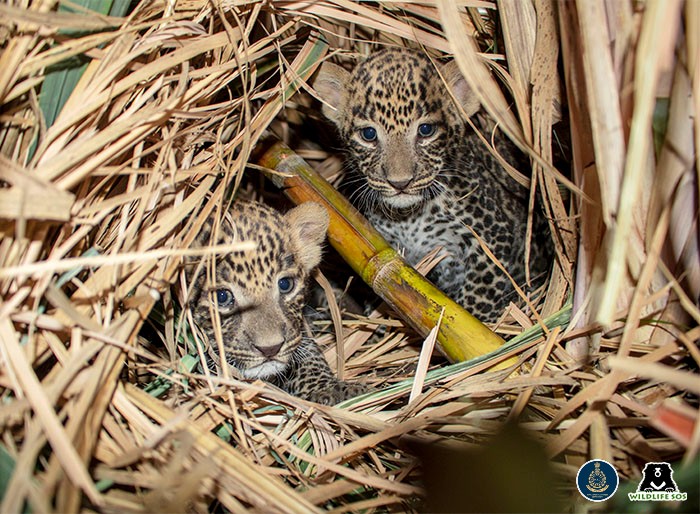
Among the Sugarcanes
Not long ago, many parts of Maharashtra were once densely populated by the Indian leopard. These magnificent wild cats once roamed the state’s jungles and forests free and wide. But as is the case for most wildlife today, their habitats are shrinking rapidly at the rate of just a few years.
The home they’ve always known, dense with wilderness, has now been invaded by vast fields of sugarcane. Villages and towns have sprung up; green paths are now roadways. And a leopard suddenly finds itself among human settlements, wandering through crowded streets, straying inside a school or falling into a well several feet deep.
Coincidentally, the harvest season for sugarcane begins at the same time when leopards are known to deliver their children. This phase lies in the months of April and May. Mother leopards find thick and tall sugarcanes that line the wild forest to be a safe haven for their cubs, and leave them there while they go hunting or foraging. These cubs remain hidden until a farmer chances upon them while tending to the field.
Due to the recurrent sightings of leopard cubs within their sugarcane fields, farmers of Maharashtra are now familiar with the rescue drill: they immediately alert either the forest department or Wildlife SOS.
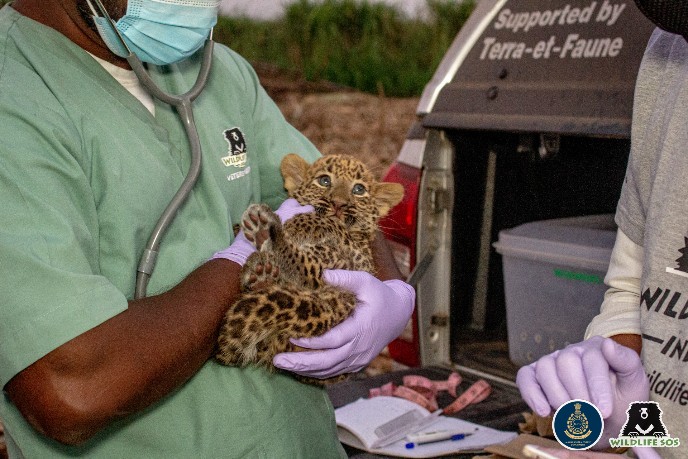
Mama and Cubs
The Indian leopard is one of the big cats of the Indian subcontinent, alongside the Bengal tiger, Asiatic lion, Snow leopard and Clouded leopard. The species (Panthera pardus fusca) is listed as Vulnerable on the IUCN Red List. This is largely due to the rapid loss of their habitat, poaching for illegal trade of leopard skin and body parts, and increasing conflicts with humans.
Leopards are very agile hunters, climbers and swimmers. They are solitary animals who mostly hunt at night. A mother usually gives birth to a litter of two to four cubs and weans them only when they are about three months old. The cubs feed on the highly nutritious mother’s milk till then. The mother also consumes the cubs’ faeces to digest microbes excreted by the cubs and eliminate any chance of infection to the cubs during this vulnerable stage.
Leopard cubs remain with their mother until about two years of age—a long, crucial period in the lives of the cubs, wherein they learn all the necessary skills from their mother to hunt, forage, feed and survive in the wild. The cubs usually begin to accompany the mother on hunts when they are about four months old. Until then, she leaves them amidst thick foliage, hidden safely, whenever she goes to hunt. In recent years however, sugarcane fields have grown vastly within the forest area, thereby becoming the alternative ‘foliage’ for leopard mothers.
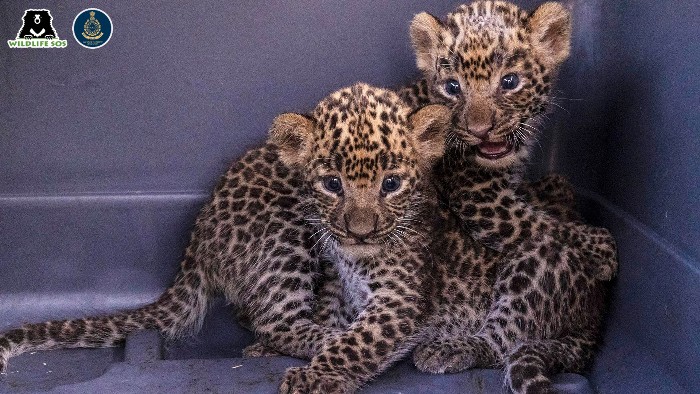
If a leopard cub is lost or orphaned, it is highly unlikely for the cub to be able to survive in the wild without the mother. Cubs are highly dependent on their mothers for food, protection and shelter. Even if they manage to thwart starvation or predation by other animals, it is the absence of their mother’s milk that could lead to fatal infections or diseases.
The Reuniting Process
Reunions are crucial for a healthy population of leopards to thrive in the forests of this region. Wildlife SOS has reunited 16 cubs with their mothers so far this year. The youngest cub we rescued this year was only about 14-days-old. After a cub(s) is spotted among sugarcane fields, it is usually the locals or the forest department who contact Wildlife SOS.
Our team follows a standard procedure when it comes to handling and reuniting a cub. To examine their health, cubs are held gently with gloved hands. Handling them is kept to a minimum so that this does not make them more anxious. It is imperative to not feed the cub till its reunion with the mother, unless this reunion is delayed by over 4 days. This is because food or even water given by us could cause fatal reactions in the cub who is only used to mother’s milk.
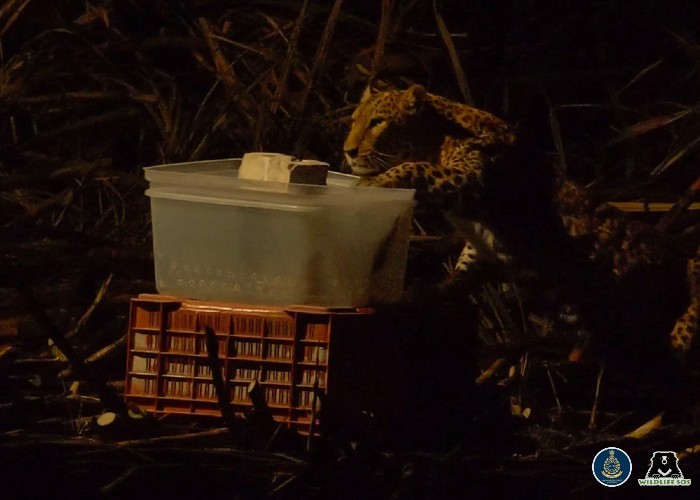
Following government guidelines, these cubs are also microchipped by Wildlife SOS vets before they are reunited. This proves very useful in studying their movements and range and also in locating and rescuing them from human-wildlife conflicts.
The team, on the very same day, places the cub in a well-ventilated box lined with hay and grass. They leave the box near the spot where the cub was initially found and sprinkle its urine around the box to help the mother track the scent. Camera traps are set up by the team to watch over the cub from an appropriate distance.
Oftentimes, the mother locates her cub but, fearful and wary of poachers’ traps, does not approach the box. The team is well aware that it is fairly common for reunions to span a few days. So, they place the cub at the same spot each night, till the mother finally comes closer to the box. After careful inspection, she usually tips the box over and gently picks up her cub between her jaw and disappears into the bushes.
During this year’s harvest season in Maharashtra, the forest department and Wildlife SOS have reunited 16 leopard cubs with their mothers! It is a joy to witness each safe and happy reunion.
If you wish to support us in our efforts to reunite leopard cubs with their mothers, please click here.

